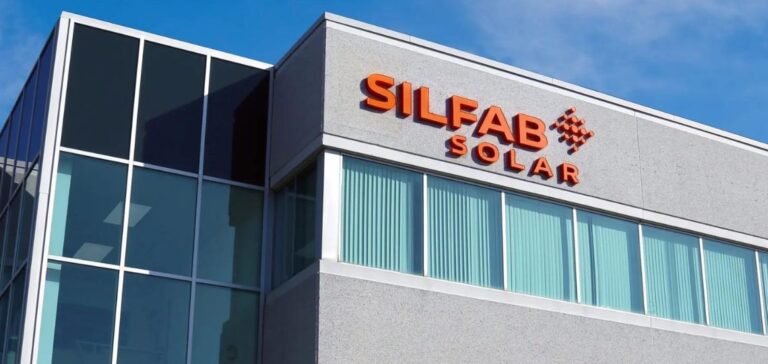Silfab Solar, a North American leader in the design and manufacture of high-quality PV modules, was recently selected by the DOE (U.S. Department of Energy) for an innovation grant. This $20 million grant is intended to support the development of N-type back-contact solar cells, capable of achieving efficiencies of 26% or more. The company, in partnership with Silfab’s engineering team, is developing these innovations on a 300 MW pilot line, which will run alongside the company’s main N-type cell production at its new facility in South Carolina.
Innovation and technological developments
Silfab’s $20 million project does more than simply improve existing solar cells. The aim is to demonstrate efficiencies of 26% or better, while enabling rapid scale-up of this back-contact cell technology to high production volumes. Silfab will incorporate these advances into its next range of high-end PV modules. Silfab has also been awarded another $500,000 innovation grant to develop BIPV (building-integrated photovoltaic modules). These modules, known as solar spandrels, use opaque glass adapted to the glazed surfaces between the floors of commercial buildings and skyscrapers.
Economic and social impact
Silfab’s projects are part of a broader strategy of sustainable growth and expansion in the United States. In addition to technological innovation, Silfab engages in workforce development and school outreach initiatives to encourage young people to consider careers in renewable energy. What’s more, these initiatives are in line with the objectives of DOE’s SETO program, aimed at delivering community benefits at project sites.
A commitment to the future
To meet the growing demand for sustainable energy solutions, Silfab plans to add 1 gigawatt of American-made cell production and 1.3 gigawatts of module production at its new plant in South Carolina. This expansion will enable Silfab to control its supply chain and strengthen its position in the US market. The company’s research and development efforts demonstrate its ongoing drive to innovate and offer advanced, reliable solar solutions. They are also supported by federal subsidies.
Thanks to subsidies and strategic investments, Silfab Solar is positioning itself as a key player in the U.S. renewable energy sector. By investing in cutting-edge technologies and developing innovative products such as N-type back-contact cells and solar spandrels, Silfab contributes not only to reducing solar costs, but also to job creation and local economic development. These initiatives demonstrate Silfab’s commitment to leading the energy transition to more efficient and sustainable renewable sources.






















